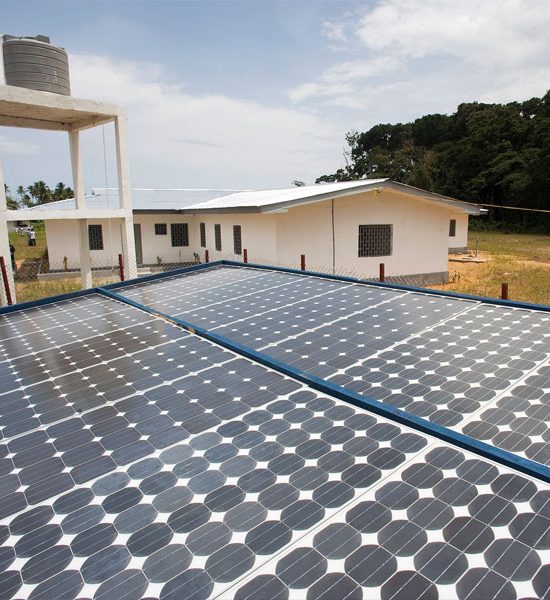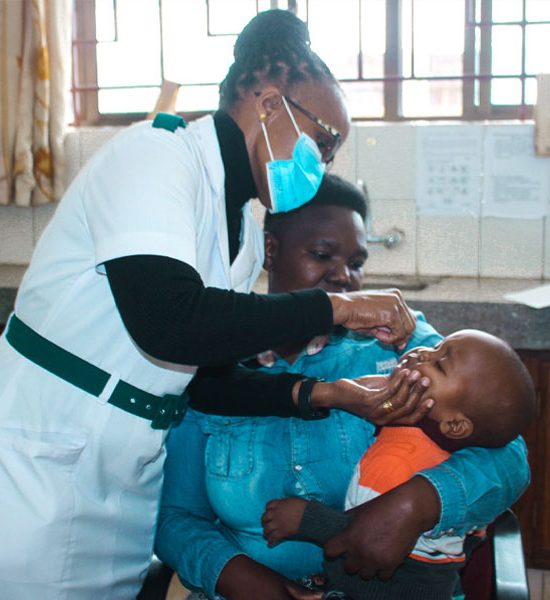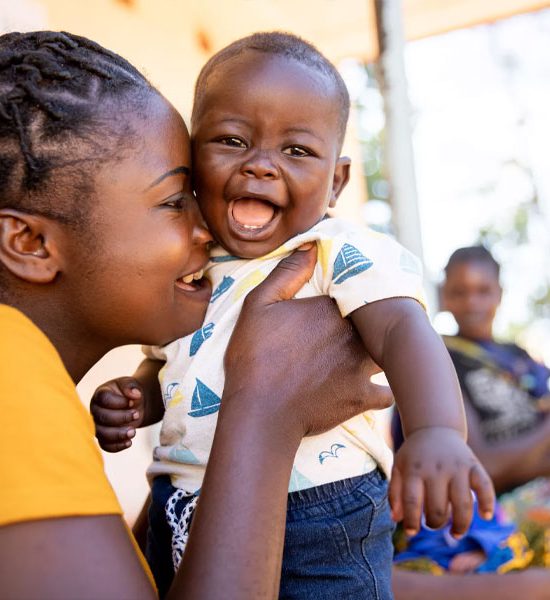Bacteriological Profile, Antimicrobial Susceptibility Patterns and Predictors of Bacteremia in Neonates with Clinical Sepsis at KCMC Hospital, Northern Tanzania.
Abstract
Background
Despite a significant decline in neonatal deaths in the last 20 years (5 million in 1990 to 2.4 million in 2019), the risk of death is still high, especially in developing countries. In Tanzania, neonatal sepsis is the third leading cause of neonatal death, accounting for 25% of all deaths. The rising global threat of antimicrobial resistance and the rising burden of neonatal death due to neonatal sepsis have been of great concern and have delayed progress toward reaching SDG goal 3.2 by 2030. This study aims to determine the bacteriological profile, antibiotic susceptibility patterns, and predictors of bacteremia among neonates with clinical sepsis at KCMC Hospital in Northern Tanzania.



Methodology
This study had a cross-sectional design conducted at KCMC Hospital, Northern Tanzania. The study population was neonates admitted to the neonatal unit at KCMC Hospital. Data were collected using questionnaires and blood cultures from neonates. Frequencies and proportions were used to summarize categorical variables, while continuous variables were summarized using mean and standard deviation. The frequencies and proportions of bacteria isolated and the antimicrobial susceptibility results were analyzed and compared using Pearson’s chi-square test and Fisher’s exact test where applicable. Modified Poisson regression model was used to determine factors associated with positive blood culture.
Results
Out of 411 neonates with a clinical diagnosis of neonatal sepsis, 175 (42.9%) had positive blood cultures. Gram-positive bacteria were most frequently isolated at 52.3%, and gram-negative bacteria were 47.7%. Coagulasenegative Staphylococcus (30.7%) and Staphylococcus aureus (19.9%) were the predominant gram-positive isolates. Gram-negative isolates were Klebsiella spp 47 (26.7%), E. coli 10 (5.7%), and Citrobacter spp 10 (5.1%). The gram-positive isolates were sensitive to vancomycin, piperacillin/tazobactam, and ceftazidime, whereas the gram-negative were sensitive to amikacin, meropenem, and vancomycin. The study did not find statistically significant associations between clinical factors and positive blood cultures in bacteremia.
Conclusion
Gram-positive bacteria are the dominant pathogens in early-onset and late-onset neonatal sepsis. High levels of resistance to ampicillin and ceftriaxone and moderate resistance to gentamycin were observed in both gram-positive and gram-negative bacteria. Gram-positive organisms exhibit better susceptibility rates to vancomycin and ciprofloxacin, while gram-negative micro-organisms are more sensitive to amikacin and meropenem. An effective initial treatment approach for neonatal sepsis would involve a combination of drugs.





